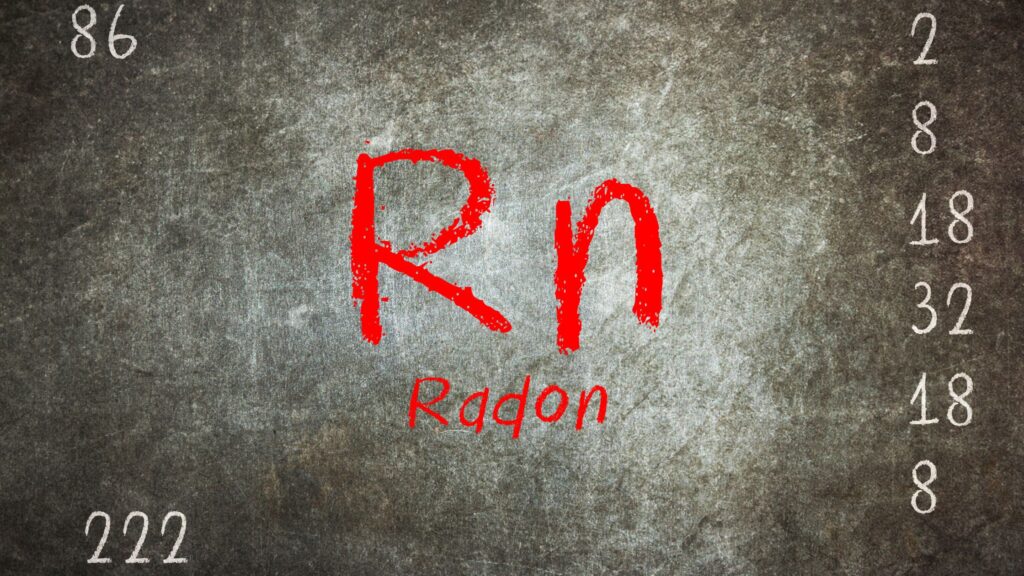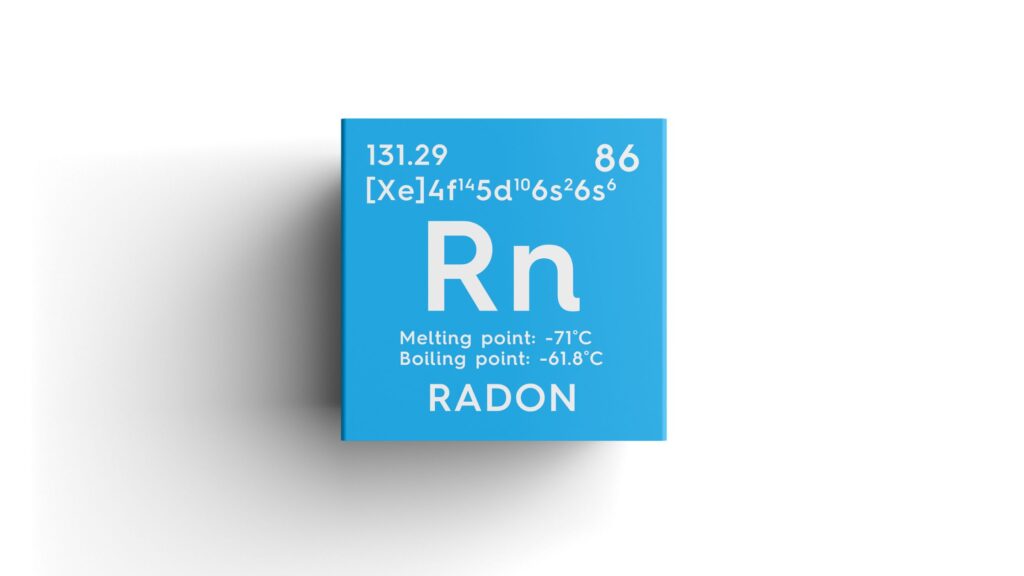Radon is invisible and odorless—and it could already be in your home. Because building codes vary, the right move is to confirm whether you need a permit before you start. This guide explains when permits are required, how inspections work, and smart tips to ensure a safe, code-compliant install.
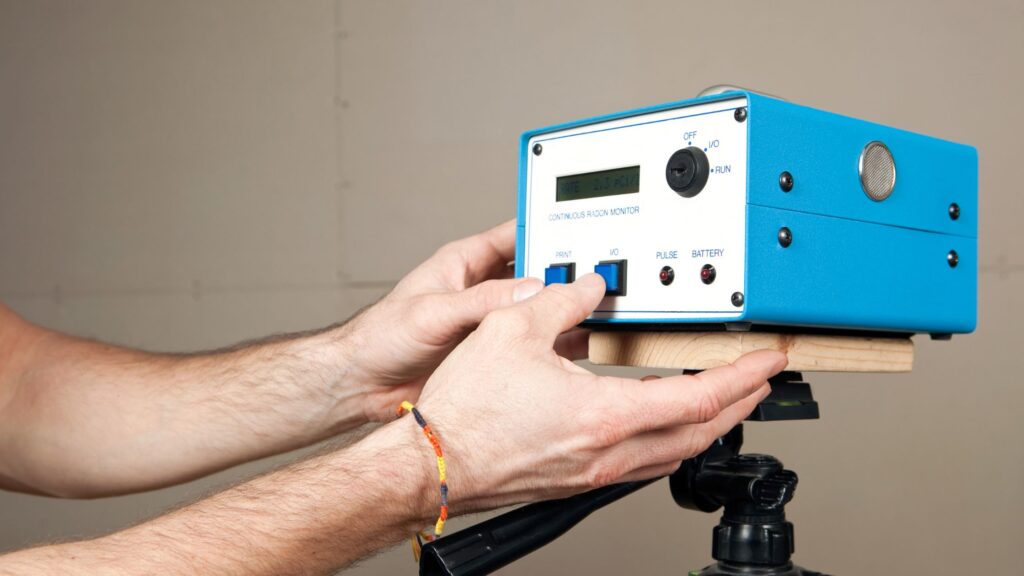
1. Importance of Radon Mitigation
Radon gas can enter your home through cracks in the foundation or openings in the soil beneath it. Breathing in high levels of radon over time can cause lung cancer, even if you have never smoked. That’s why; installing a reliable radon mitigation system is an important step to protect your health. These systems work by safely venting radon outside, using pipes, fans, and sealing techniques to lower the gas levels inside your home. Ready to protect your home? Get a free radon test consultation with DSM Radon today.
2. Understanding Permits and Regulations
In many areas, local authorities have rules for installing radon mitigation systems, especially if the work involves drilling into the foundation or changing parts of the structure. So, the big question is, do you need a permit to install a radon mitigation system? The answer depends on where you live. In most cases, you will need a permit if the installation affects your home’s structure or involves electrical work. Some places may allow smaller mitigation projects without a permit, but you still have to follow all local building codes.
3. Where Permits Are Often Required
In many cities and towns, adding new piping or an electric-powered fan—both key parts of an active radon mitigation system—requires a permit. This is because the system pulls radon gas from the soil and vents it through the roof, and officials often need to inspect it to make sure it’s safe and up to code.
If your system uses sub-slab depressurization, runs piping through your home’s structure, or places a fan on an outside wall or soffit, you will most likely need a permit. In these situations, the local building department will review your plans to check that the sealing, fan placement, and vent outlet meet all safety requirements.
In short, yes—you often do need a permit to install a radon mitigation system if the work changes your home’s structure or involves electrical or mechanical parts.
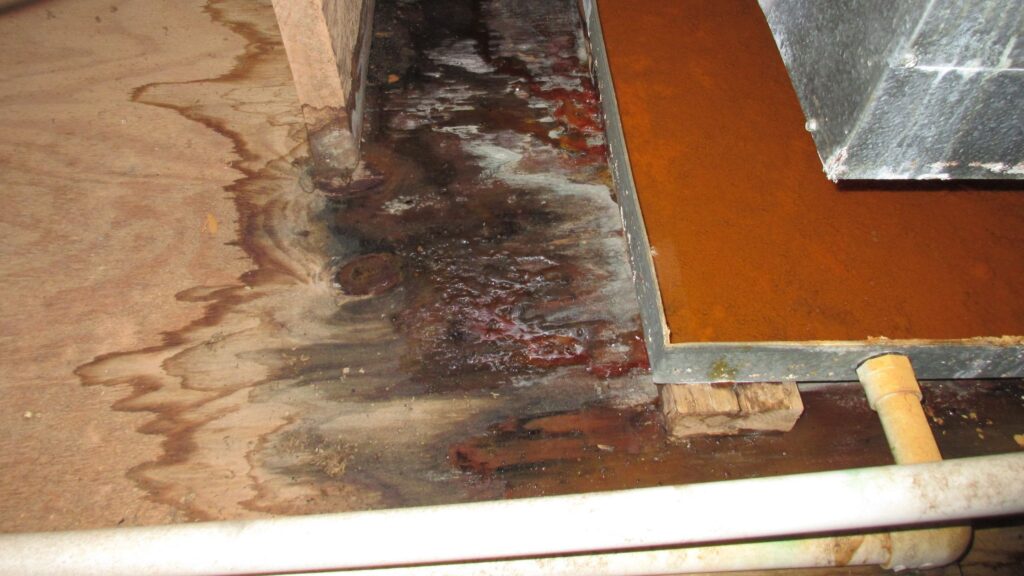
4. When Permits May Not Be Necessary
In some locations, small radon mitigation tasks may not require a permit. This could include sealing minor cracks in the foundation or using a pre-approved kit that does not involve electrical work or drilling into structural walls. If you install a basic or DIY system entirely within an accessible crawl space and avoid altering your home’s structure or exterior, a permit is usually not necessary.
However, even if you are not legally required to get a permit, it is still essential to follow best practices. The system should vent radon gas safely outside, use an appropriate fan, and maintain a secure indoor-to-outdoor airflow. Ignoring these steps can make the system less effective and put your health at risk.
5. How to Check Local Permit Requirements
Because permit rules can vary by city, county, or state, you should:
- Visit your local building or code enforcement office.
- Ask directly whether radon mitigation system permits are required in your area.
- Request written guidelines on venting standards, fan placement, and roof termination.
- Use the office’s online portal (if available) to search for permit categories such as “environmental systems,” “mechanical,” or “indoor air quality.”
- Clarify the inspection process, fees, and paperwork deadlines before starting any work.
By confirming these details in advance, you can avoid failed inspections, costly changes, or problems with your insurance. That’s why the question—do you need a permit to install a radon mitigation system—should always be verified with your local authorities.
6. Benefits of Professional Installation
6.1 They handle the entire permitting process, saving you time and stress.
6.2 Certified providers, like Des Moines Radon, offer expert services including:
- Radon testing for accurate detection.
- Custom system design for homes and businesses.
- Active soil depressurization systems.
- Air and waterborne radon treatment.
- Air purification solutions for better indoor air quality.
6.3 Installations are planned to reduce visual impact while meeting local code requirements.
6.4 They conduct both initial testing and follow-up to confirm radon levels are reduced to safe levels.
6.5 Knowledge of building codes ensures proper system design, installation, and compliance.
6.6 Professionals manage all documentation and inspections with local authorities.
6.7 Expert systems operate quietly, improve home safety, and may boost property value.
6.8 High sealing standards and tailored designs reduce long-term risks and improve performance.
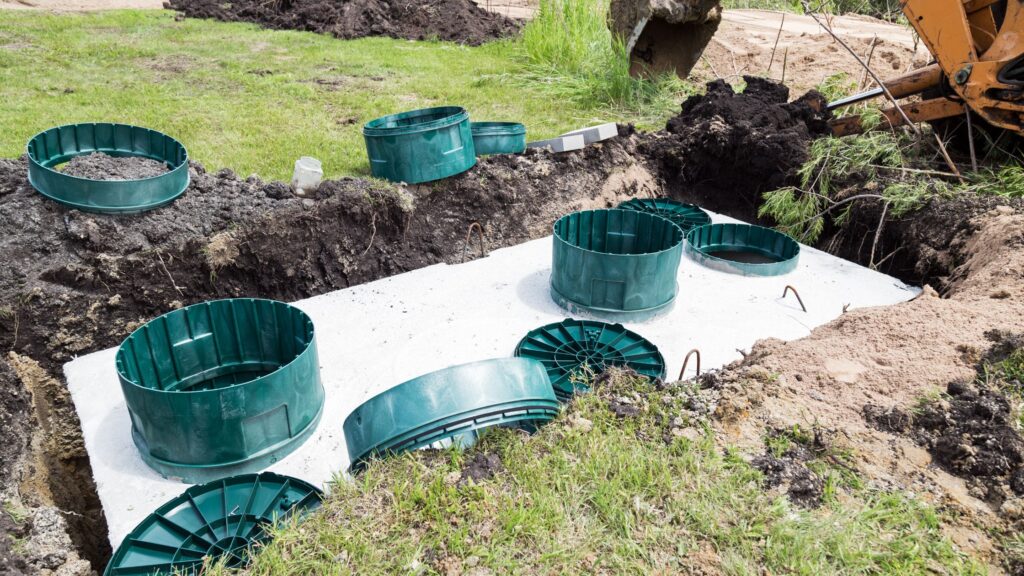
7. Conclusion
So, do you need a permit to install a radon mitigation system? In many places—yes, if you add a fan, new vent piping, roof termination, or any electrical/mechanical work. Minor sealing may be exempt, but always verify the rules with your local building authority before you start.
Want it done right the first time? DSM Radon can manage testing, code-compliant design, permits, and inspections—so your system passes and your family stays safe.
For certified radon testing and professional mitigation services, visit DSM Radon
Frequently Asked Questions
1) Do I need a permit for a radon mitigation system?
Often yes—especially if you install a fan, run new vent piping, or do electrical work. Always check locally.
2) Can I DIY radon mitigation without a permit?
Sealing cracks may not require one, but full systems with fans usually do. Confirm with your building office.
3) Who handles the permit—me or the contractor?
Homeowners can, but most certified pros handle permits and inspections for you.

